Editor’s Note: We welcome a new Beast Life writer, Murarius. Several of us original MOTW guys had the chance to meet this young man a few weeks ago, and he agreed to take over the Beast Life duties. For those who enjoyed Donner’s Beast Life articles, do not fear. Donner is still around (in fact, he was the one who recruited Murarius). He will be writing on other topics and issues.
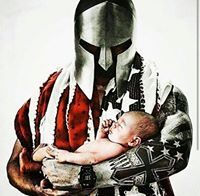 Biceps are the weakest muscles on your arms, and the size of your bicep is used as an easy indication of the fitness of the rest of your body. The logic goes something along the lines of “if your weakest muscles are that large, then the rest of you must be very well-developed.” The muscles on your arms fill out the sleeves of your shirts and are easy to “casually” display in social settings with a well-placed head scratch during any season. It can be a point of vanity for the casual lifter interested only in what approval it may garner from people who have no idea what trained muscles look like, but it can also be a point of pride for the men who know how to properly train their bodies. Women love them for being the most welcoming part of huge arms to hold them, while effeminate men fear the chokehold of a man who might accidentally flex and crush their necks into gristle.
Biceps are the weakest muscles on your arms, and the size of your bicep is used as an easy indication of the fitness of the rest of your body. The logic goes something along the lines of “if your weakest muscles are that large, then the rest of you must be very well-developed.” The muscles on your arms fill out the sleeves of your shirts and are easy to “casually” display in social settings with a well-placed head scratch during any season. It can be a point of vanity for the casual lifter interested only in what approval it may garner from people who have no idea what trained muscles look like, but it can also be a point of pride for the men who know how to properly train their bodies. Women love them for being the most welcoming part of huge arms to hold them, while effeminate men fear the chokehold of a man who might accidentally flex and crush their necks into gristle.
Once you’ve seen the results proper training can give you, you’ll learn to pick out the casuals who spent hours aping what they’ve seen in Hollywood dreck and the lifters who have put in the time and effort to build a proper physique. It’s the difference between an imitator and a professional, and the people around you in your life (especially men) will notice the difference. So take some time to get to know what you’ve got to work on and how you’re going to do it. Bend your arm and put your palm facing up in front of you, then look at your bicep. There’s two muscles stacked on top of each other there, with one curling around your elbow, and all of them need your attention.
Biceps Brachii
The muscle on top is called the Biceps Brachii, and it’s got two “heads,” or points at which it connects to your joints. This one gives your 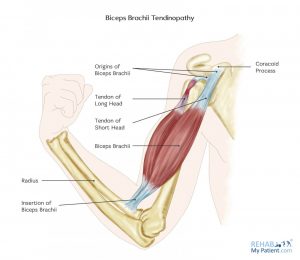 biceps that great silhouette when trained, but it expands inward. That is say that it will close the gap between a skinny man’s arms and his body instead of extending outward, but it only makes up half the size of the biceps.
biceps that great silhouette when trained, but it expands inward. That is say that it will close the gap between a skinny man’s arms and his body instead of extending outward, but it only makes up half the size of the biceps.
Train the Biceps Brachii with the common curl exercises:
– Barbell curl
– Dumbbell curl
– Cable Curl with single hand attachment
– Cable Curl with EZ-bar
– Seated Concentration Curls
Brachialis
The muscle just under that one is the Brachialis and arguably the most important in terms of size. While the Biceps Brachii will get you the peak, the Brachialis will give your biceps volume. Novice lifters will have a visible peak in their bicep that “points” to their hand, but advanced lifters will gain a smaller, secondary peak that points away from their body. Intentionally training your brachialis will also give you a line on the side of your arms that visibly separate your triceps and biceps, eventually rounding the outer shape of your upper arms. The 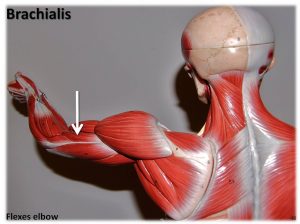 brachialis will also push up on your biceps brachii as it grows, helping you gain definition much faster.
brachialis will also push up on your biceps brachii as it grows, helping you gain definition much faster.
Train the Brachialis with less-common curl exercises:
– Hammer Curls
– Cross-body Hammer Curls
– Reverse Barbell Curls
– Reverse Dumbbell Curls
– Seated Incline Dumbbell Curls
Hammer Curls are great for volume training, while cross-body hammer curls are great for heavy lifts. Personally I like to do 4 sets of alternating hammer curls for 20 reps with 10-15 pound dumbbells. The goal here is to struggle on the last two of each set to wear them out.
Brachioradialis
This muscle is both part of your forearm’s profile and your biceps, connecting on the outer side of your bicep at the elbow and curling around to connect near the underside of your wrist. Getting this muscle big will really help your arms fill out, it’s visible year-round when wearing anything with short sleeves, and adds extra intimidation when you cross your arms.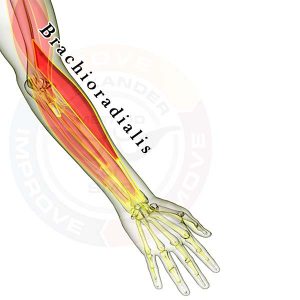
Train the Brachioradialis with specific exercises:
– Reverse Overhand Dumbbell Curls
– Reverse Barbell Curls
– Cable Hammer Curls using the rope
The only people who should not be targeting these muscles somewhere in their arms workout are beginner lifters and people who are not concerned with building large forearms. Since you should be concerned with building large forearms, go ahead and incorporate these exercises into your workouts when you’re no longer a beginner.
You can also work on these during other curl exercises. Start your standing/sitting dumbbell curls with the weight’s bar pointing forward, and twist it as you curl so that it is parallel to the floor at the top of the rep.
Example bicep workout, incorporated with back workout:
– 1×10 standing dumbbell curl, light weight for warmup
– 1×10 light back exercise for warmup
– 4×8 Standing Dumbbell Curl, superset with
– 4×8 back exercise
– 4×8 Standing Cross-body Hammer Curl, superset with
– 4×8 back exercise
– 4×15 Seated Concentration Curl, superset with
– 4×8 back exercise
– 4×15 Standing Hammer Curl, superset with
– 4×8 back exercise
– 4×8 Reverse Overhand Dumbbell Curl, superset with
– 4×8 back exercise
You can make your own, but keep in mind that you want to alternate between exercises targeting the Biceps Brachii and Brachialis, finishing off with an exercise targeting the Brachioradialis. You don’t have to group biceps only with your back exercises, if you’d like to try a push-pull workout instead, but supersetting (one set bicep exercise, one set back exercise, repeat until all sets complete) gives your muscles time to recover between sets and makes your workouts more efficient.
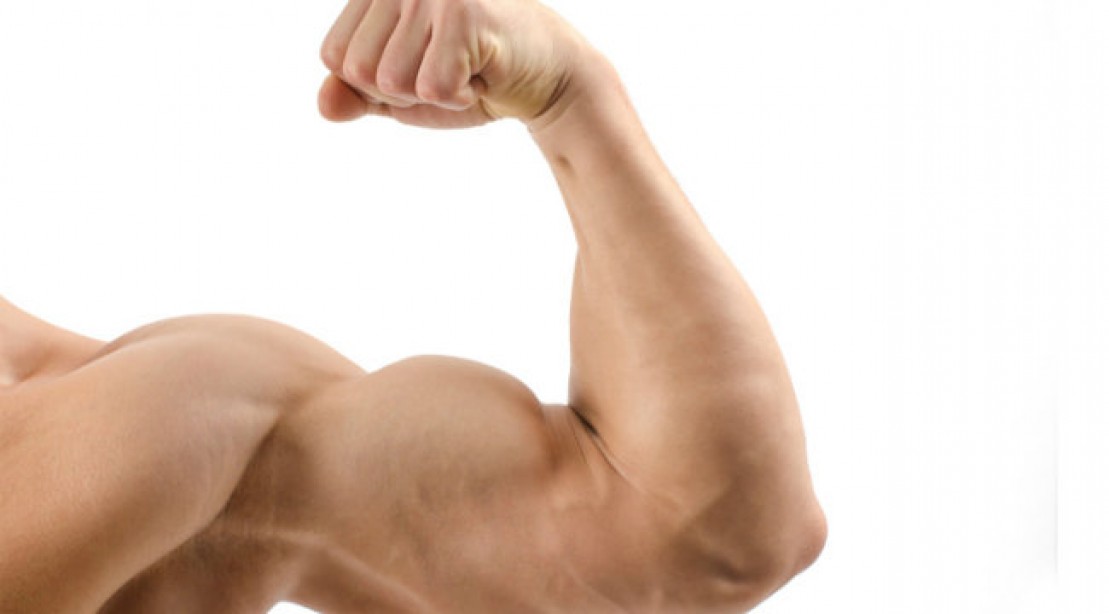
Beast Life: Bicep Exercises
5 Comments
Leave a Reply
Latest from Fitness
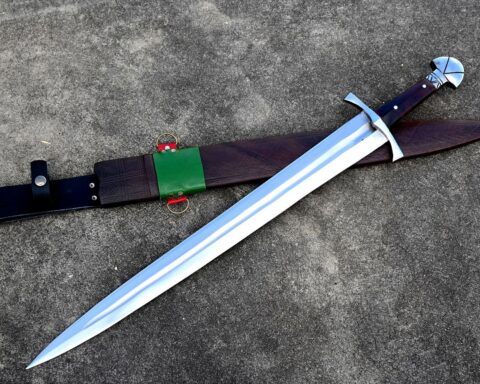
The Forms and History of the Sword
There seems to be a culminating point not only in all human arts, but in the fashion of particular instruments. And it so happens that the preeminent and typical instruments of war
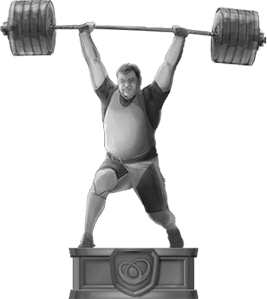
Training for Awkwardness
Editor’s Note: We present another article by Den Blonde Ulven. I have been on a new training regime the past few months and the programming has been unorthodox and extremely odd compared
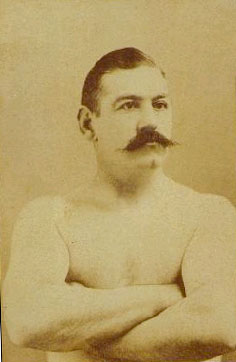
How To De-feminize Boys
Editor’s Note: A few years ago, we had a fairly popular article here on raising manly men. Our friend Den Blonde Ulven adds in a needed update. The Western world is plagued

The Legend of Xu Xiaodong
I participate in an MMA school and recently learned of a man named Xu Xiaodong through a member there. Upon further research it turns out this guy is a total badass that
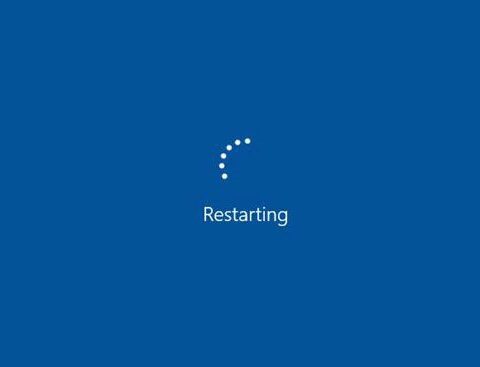
KETO Restart After The Holidays
Did you fall off the KETO Wagon over the holidays? That’s ok, many of us did. Here are 7 simple steps to restart Keto after the holidays. Follow these 7 steps closely


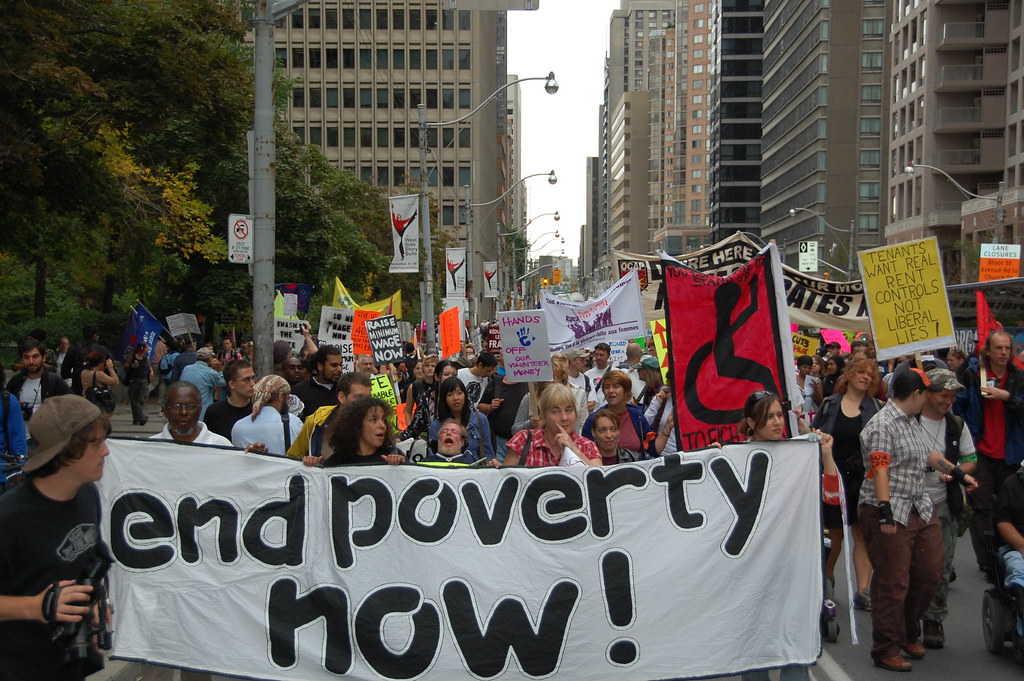
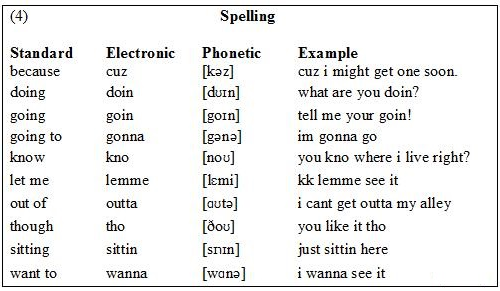
Yikes. You don’t train biceps simultaneously with back. For the same reason you don’t super set Tri’s and Chest. Biceps are a complimentary muscle group to back. All your doing is training more Bi’s. Split arms up on a separate day. I’m a big fan of the old school push pull. Meaning, Day 1 Chest and Back, Day two, Shoulders, Bi’s, Tri’s, Day 3 Quads and Hamstrings.
A good tip for training Bi’s and getting quick result, every move, except machine curls and concentration curls should finish eye level.
Ok. Opinions are like assholes. Usually full of shit. Nice work Murarius.
I’m an old school lifter. I’ve been in the gym since Christ was a kid. So when I see something posted on a public forum that I know through many years of experience to be wrong, and potentially dangerous, I decided to throw my 2 cents in. Knowing full well some small minded individual would post something like you just did.
If you think I’m wrong tell me why. Try and act like “A Man Of The West’ and try and develop some integrity. Do you even lift bro? I know the answer to that. So your the perfect individual to prove my point. Go get a day pass at a local gym. Find some huge old guy there and ask him to run you through his back routine. The next morning when you wake up tell us all what hurts first, and the most. The answer will be Biceps.
You are a petty little cheer leader with no facts. Certainly not what most would envision as a man of the west.
I’m sorry Bad. I didn’t mean to hurt your feelings by dismissing your unsolicited advice. Let me introduce myself. I’m Donner, the Man of the West who started the Beast Life series. And while I’m not quite “old” I am a big ass dude myself with my 20+ years of lifting experience. And while I’m sure that your training split works for you, working smaller muscles like biceps after larger lifts is something that is reccomend by top programs like Westside barbell. You might recognize them from their recent Netflix documentary. Or you might not. Netflix is a website that let’s you watch movies over the internet. You can look it up using Google. Google is a website that searches for other websites.
“And while I’m sure that your training split works for you, working smaller muscles like biceps after larger lifts is something that is reccomend by top programs like Westside barbell.”
” Day 1 Chest and Back, Day two, Shoulders, Bi’s, Tri’s, Day 3 Quads and Hamstrings.”
What’s that? Don’t bother answering, this has passed the point of being ridiculous.